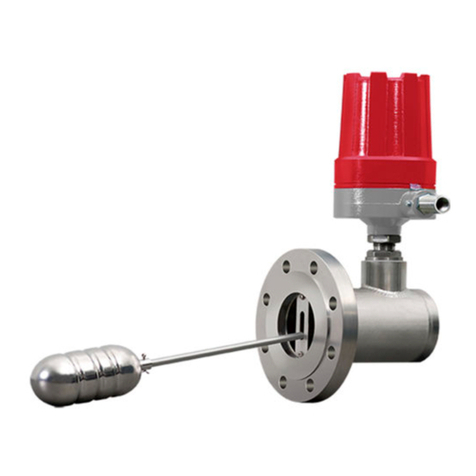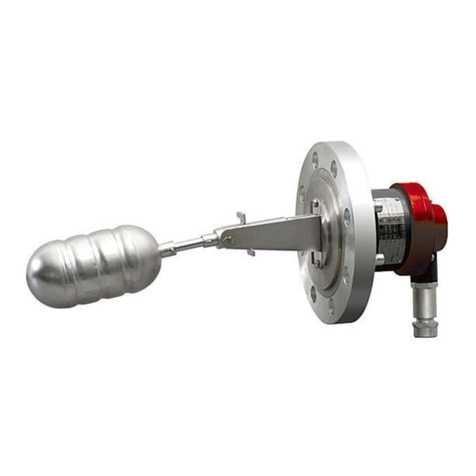
3/ 11
Content
1. Safety Tips ................................................................................................................................................4
1.1 Explosion may result in death or serious injury.................................................................................4
1.2 Process leaks can cause serious injury or death................................................................................4
1.3 Failure to follow safe installation guidelines may result in death or serious injury................ 4
2. Product Manual .......................................................................................................................................4
2.1 Main Structure of Product ........................................................................................................................4
2.2 Operating Principle .....................................................................................................................................5
2.3 Packaging.......................................................................................................................................................7
2.4 Transporting..................................................................................................................................................7
2.5 Storage............................................................................................................................................................ 7
3. Technical Characteristics .........................................................................................................................7
3.1 Main Performance.......................................................................................................................................7
3.2 Main Parameters..........................................................................................................................................7
4 Dimensional Outline Drawing-Figure 2..................................................................................................7
5 Unpacking and Inspection .......................................................................................................................8
5.1 Unpacking Inspection Notice...................................................................................................................8
Figure 4 Sample Nameplate .......................................................................................................................8
6 Installation.................................................................................................................................................8
6.1 Installation Tool............................................................................................................................................8
6.2 Installation Technical Requirements...................................................................................................... 9
6.3 Installation Procedure ................................................................................................................................9
7.Debugging ................................................................................................................................................9
7.1 Preparation for Commissioning ...........................................................................................................9
7.2 Electrical Wiring............................................................................................................................................9
7.3 Debugging Operation Process..............................................................................................................10
8. Precautions.............................................................................................................................................10
9 Fault Analysis and Elimination...............................................................................................................11
10 Disassembly ..........................................................................................................................................11
10.1 Warnings....................................................................................................................................................11
10.2 Waste Removal ........................................................................................................................................11
11 Product Certifications...........................................................................................................................11





























